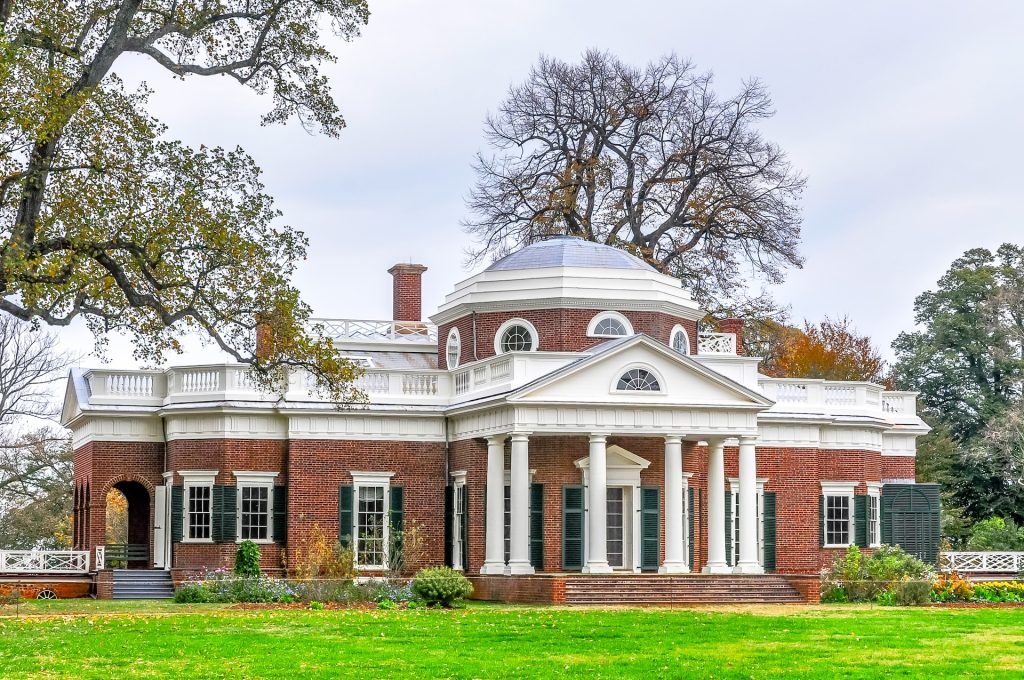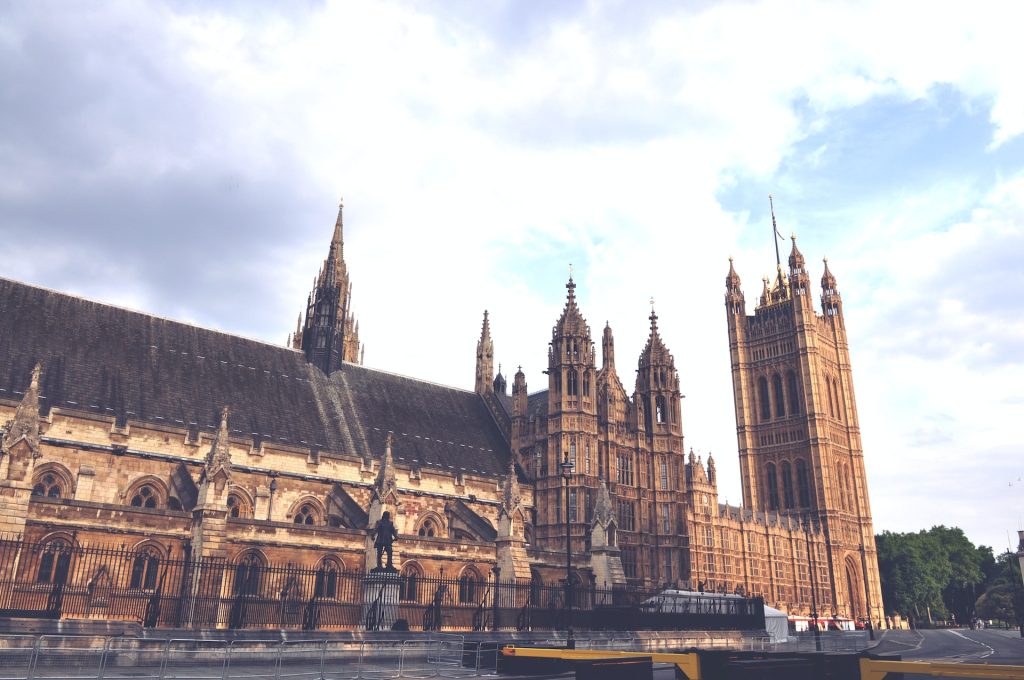Architecture is a reflection of culture, history, and innovation. Over the centuries, the United Kingdom and the United States have developed distinct architectural styles that reflect their unique heritage, climate, and societal influences. In this blog, we’ll delve into the key differences between architectural trends in the UK and America, explore popular building styles, and discover some iconic structures that have left an indelible mark on their respective landscapes.
1. Georgian Architecture: A Classic UK Style

Georgian architecture, which flourished during the reigns of the first four British monarchs of the House of Hanover (1714-1830), is characterised by its symmetrical facades, grand proportions, and restrained ornamentation. One of the most iconic examples of Georgian architecture is the Royal Crescent in Bath, England. Designed by John Wood the Younger and completed in 1774, it features a sweeping crescent of 30 terraced houses.
Interesting Fact: The Royal Crescent is not just a beautiful architectural ensemble; it also has a historical significance. During World War II, it was used as a place of refuge and recovery for European Jews who had fled the Nazi regime.
2. Federal Style in America: A Mirror of Neoclassical Elegance

In the United States, the Federal style, inspired by Neoclassical design principles, was prevalent from the late 18th century into the early 19th century. Monticello, the Virginia plantation home designed by Thomas Jefferson, exemplifies this style. Its symmetrical facade, columns, and domed roof showcase the influence of ancient Greek and Roman architecture.
Historical Titbit: Thomas Jefferson, a polymath and Founding Father, not only designed Monticello but also played a crucial role in drafting the Declaration of Independence.
3. Victorian Splendour in the UK

The Victorian era (1837-1901) in the UK witnessed a revival of various architectural styles, including the Gothic Revival, Italianate, and Queen Anne styles. The Houses of Parliament in London, designed by Charles Barry and Augustus Pugin, are a splendid example of Gothic Revival architecture. Completed in 1870, its pointed arches and intricate detailing evoke a sense of grandeur and historical romance.
Fun Fact: The Palace of Westminster, home to the UK Parliament, was nearly destroyed by a fire in 1834, which led to its magnificent reconstruction in the Gothic Revival style.
4. American Craftsman Style: Embracing Simplicity
In contrast, the American Craftsman style, popular in the early 20th century, favoured simplicity and functionality. The Gamble House in Pasadena, California, designed by brothers Charles and Henry Greene, is a quintessential example. With its low-pitched roofs, exposed rafters, and emphasis on handcrafted details, this style celebrated the craftsmanship of the American worker.
Historical Note: The Arts and Crafts movement, which influenced the Craftsman style, aimed to counter the perceived excesses of the Industrial Revolution by emphasising handmade goods and natural materials.
5. Modernism and the Bauhaus Influence
The mid-20th century marked a significant shift in architectural trends on both sides of the Atlantic. In the UK, Modernism emerged as a dominant style. The Royal Festival Hall in London, designed by Leslie Martin and completed in 1951, is an exemplary piece of Modernist architecture. Its clean lines and use of concrete exemplify the principles of this style.
Fascinating Fact: The Royal Festival Hall was part of the Festival of Britain, a national exhibition held in 1951 to celebrate British achievements in art, science, and industry after the devastation of World War II.
6. Postmodernism and the American Dream
In the United States, Postmodernism gained traction in the late 20th century as a reaction against the austerity of Modernism. The AT&T Building (now the Sony Tower) in New York City, designed by Philip Johnson and John Burgee and completed in 1984, is a prime example. Its Chippendale-inspired crown and playful mix of historical references are hallmarks of Postmodernism.
Quirky Fact: The AT&T Building’s design generated controversy, with some critics describing it as “Chippendale on acid.” However, it played a pivotal role in the Postmodern architectural movement.
Emerging Styles: Sustainable and Green Architecture
As we venture further into the 21st century, sustainable and green architecture is becoming increasingly prominent on both sides of the Atlantic. Eco-friendly designs, energy efficiency, and the use of renewable materials are at the forefront. The Edge in Amsterdam, often cited as the greenest office building in the world, showcases this trend. It generates more energy than it consumes, thanks to solar panels and innovative climate control systems.
Notable Fact: The Edge’s commitment to sustainability has earned it numerous awards, including the BREEAM Award, one of the most prestigious environmental certifications in the world.
Future Influences: Adaptive Reuse and Urban Planning
Looking ahead, we anticipate a greater emphasis on adaptive reuse, where existing structures are repurposed for new functions. This trend promotes sustainability by reducing demolition waste and preserving historical significance. Additionally, urban planning will continue to prioritise mixed-use developments, creating vibrant and walkable communities.
As we move into the future, sustainability and adaptive reuse are likely to shape architectural trends. Buildings will not only be aesthetically pleasing but also environmentally responsible. The dialogue between past, present, and future continues, creating a rich tapestry of architectural diversity on both sides of the Atlantic.
